The 1940s is often defined by World War II, a time that meant rationing and a lack of frivolity. Teenagers still tested their fashion sense, however, and the 1940s were a time when fashion truly changed. While certain fashion rules were being reinvented, the austerity of the time period meant that clothes were generally plain with muted colors. It became more acceptable for women to wear pants as they entered the workforce, and also for the first time, bathing suits for women came in two pieces as opposed to the more conservative one-piece suit.
Zoot Suit
Young men brought back the "zoot suit" in the 1940s. This particular outfit first became popular in the 1920s, when jazz musicians wore it. Teens paired the zoot suit's high-waisted, wide-legged pants with a long coat. The suits were often made out of plain wool or linen. The War Production Department eventually restricted the amount of fabric available for clothing as the decade wore on, making this baggy look less attainable.
Skirts
Women considered three-piece suits professional attire when they took charge of the workplace as men were overseas fighting in World War II. The suits came with either pants or skirts. The skirts of the 1940s flared out slightly, making them popular with teenage girls who liked the non-restricting clothing item for swing dancing. The suits were usually made out of wool or linen, depending on the season. Teens wore a silk or cotton blouse underneath.
Bobby Socks
Young girls and teenagers wore bobby socks, which were introduced in the early 1940s. These socks were ankle-length, white socks. They were sometimes trimmed with lace or ribbon, and were often worn with flat shoes known as saddle shoes. Saddle shoes were popular with teenage girls at the time. They were two-toned shoes, often black and white, and laced up.
Sloppy Joe Sweater
A "Sloppy Joe" was an over-sized sweater teenage girls in the 1940s wore over blue jeans. These became popular toward the end of World War II, when fabric regulations eased and it became more socially acceptable for women and girls to wear pants. Sweaters would often be a solid color. Those with a lower income wore wool or acrylic sweaters, while cashmere was a choice for those with more disposable income.
Blue Jeans
A durable and inexpensive fabric, denim became popular during World War II. Knickers had been a prevalent choice in the 1930s, and were still available in the '40s, but blue jeans along with T-shirts rose in demand, particularly with teen boys.
Letterman Jackets
Teenagers, particularly boys, made letter jackets a style in the 1940s. The jackets showed off school colors, and often prominently displayed an embroidered high school mascot or logo. The jackets were usually made out of wool and resembled a cardigan.
Related Articles
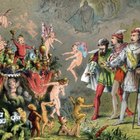
What Did Men Wear During the ...

How Did Teenagers Dress in the '60s & ...
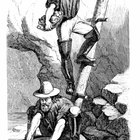
Clothing of the Gold Miners in the 1850s

School Uniforms in the 1940s
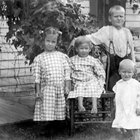
Children's Clothes in 1915
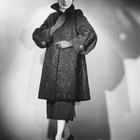
1958 Men's and Women's Dress Styles

What Did Teenagers Wear in the '60s?

School Clothes in the 1900s
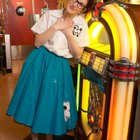
School Clothes for Girls in the 1950s

What Did Men Wear in the '50s?
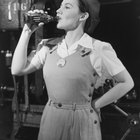
Women's Clothes in 1943

Clothes Worn in the Seventies

Men's Clothes & Styles in the 1920s & ...
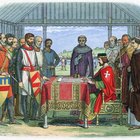
Kids' Clothing During the Medieval ...
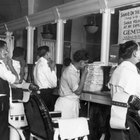
Men's Fashion of the 1930s
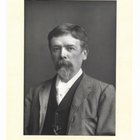
Men's Fashion in the 1890s
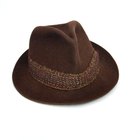
1950s Gangster Clothes

Clothing Ideas for a 1970s-Themed Party
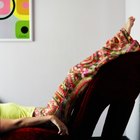
1970s Fashion Silhouettes

How Did Men Dress in the 1960s?
References
Writer Bio
Nicole Devlin began her professional writing career in 2002 and currently serves as news editor for a daily newspaper, building on her previous experience as a features and government reporter. Devlin also has a background in public relations and marketing. She graduated with a bachelor's degree in communications in 2007, with a focus in broadcast journalism.